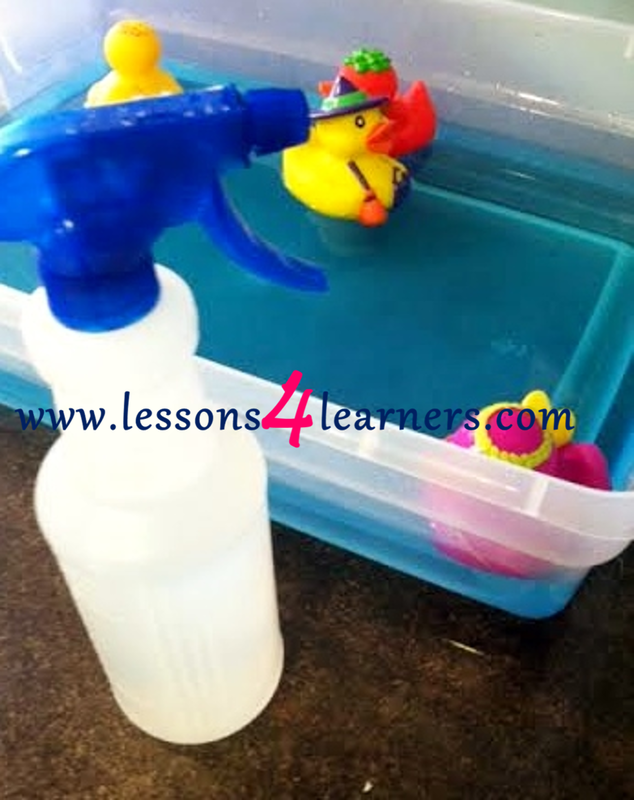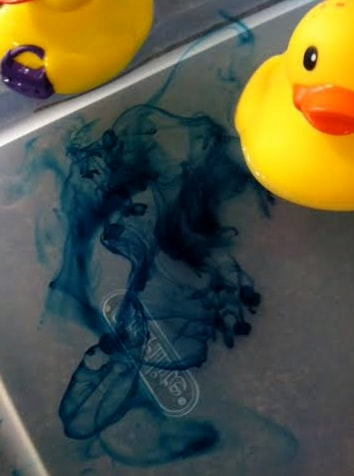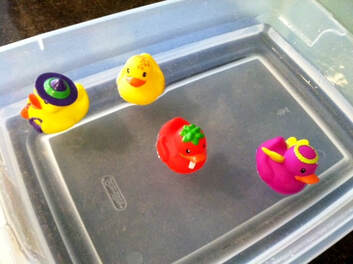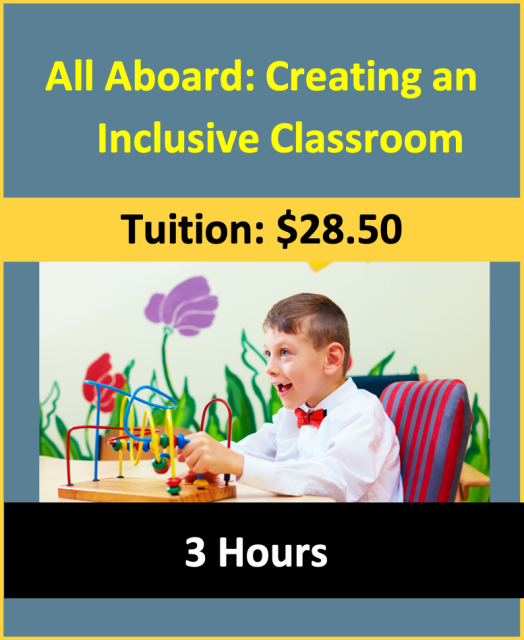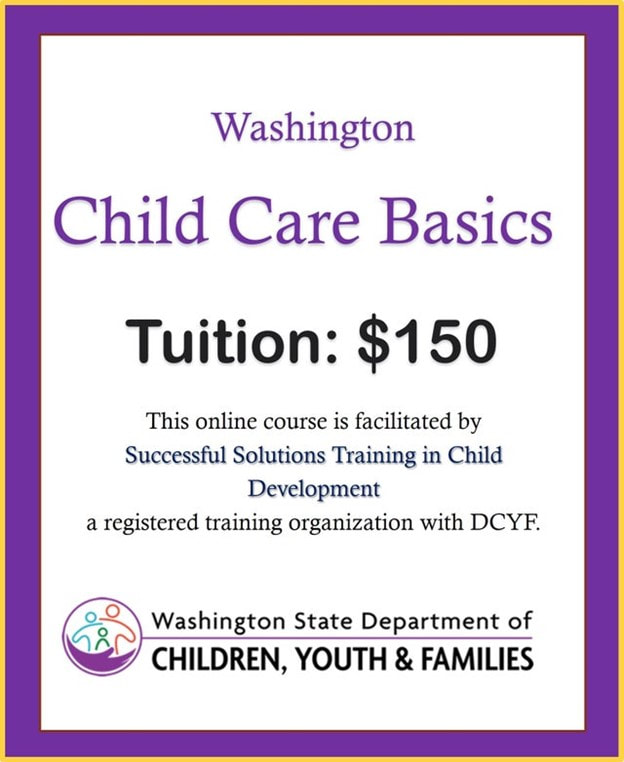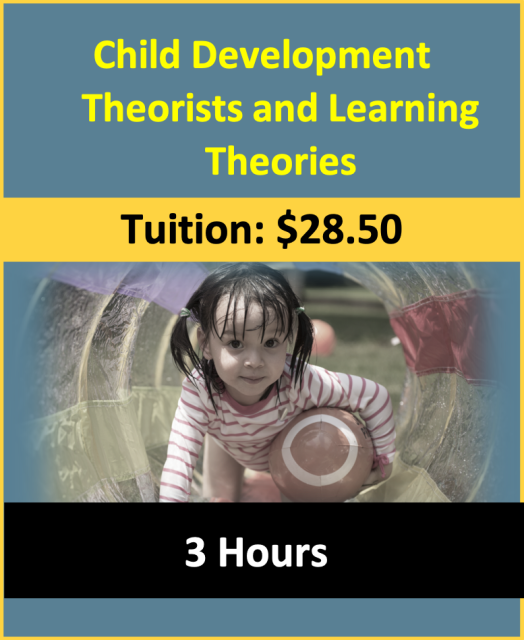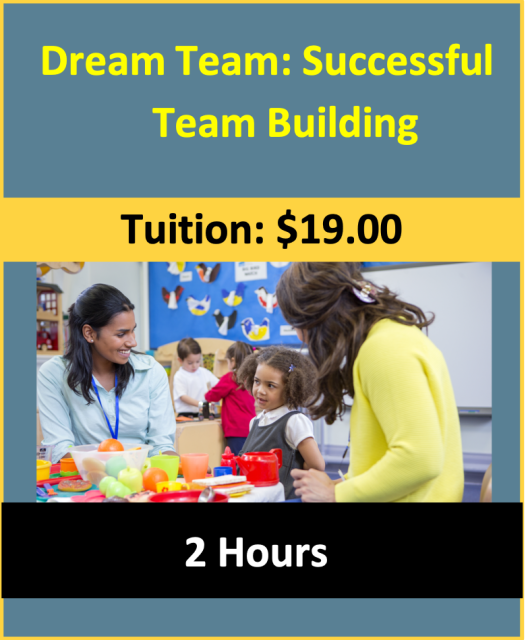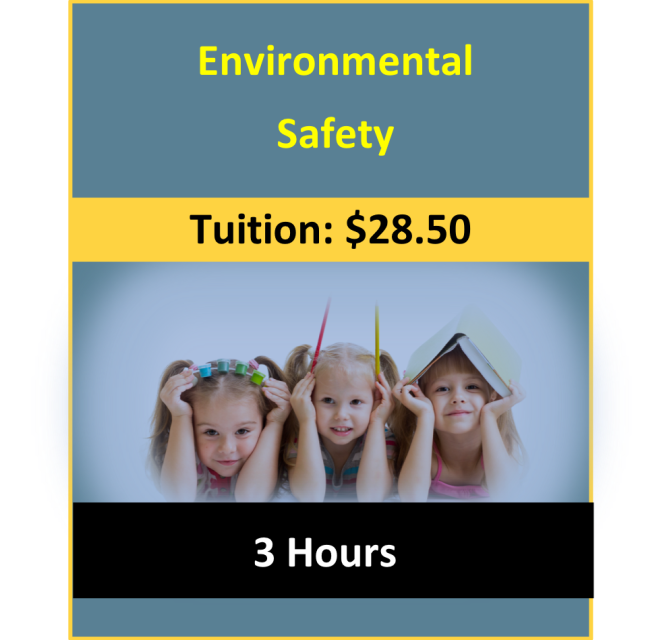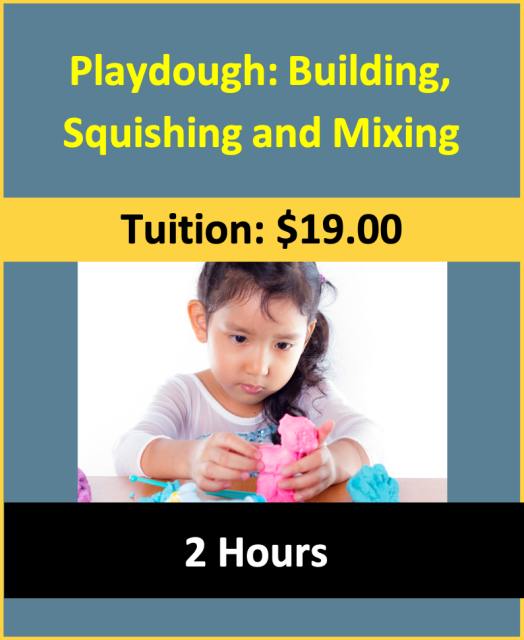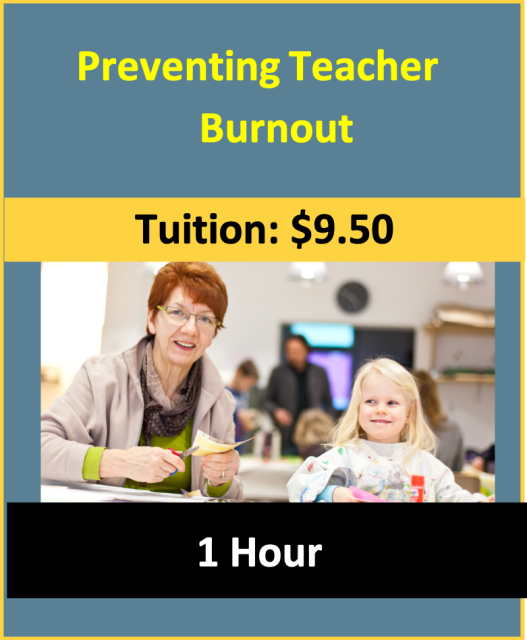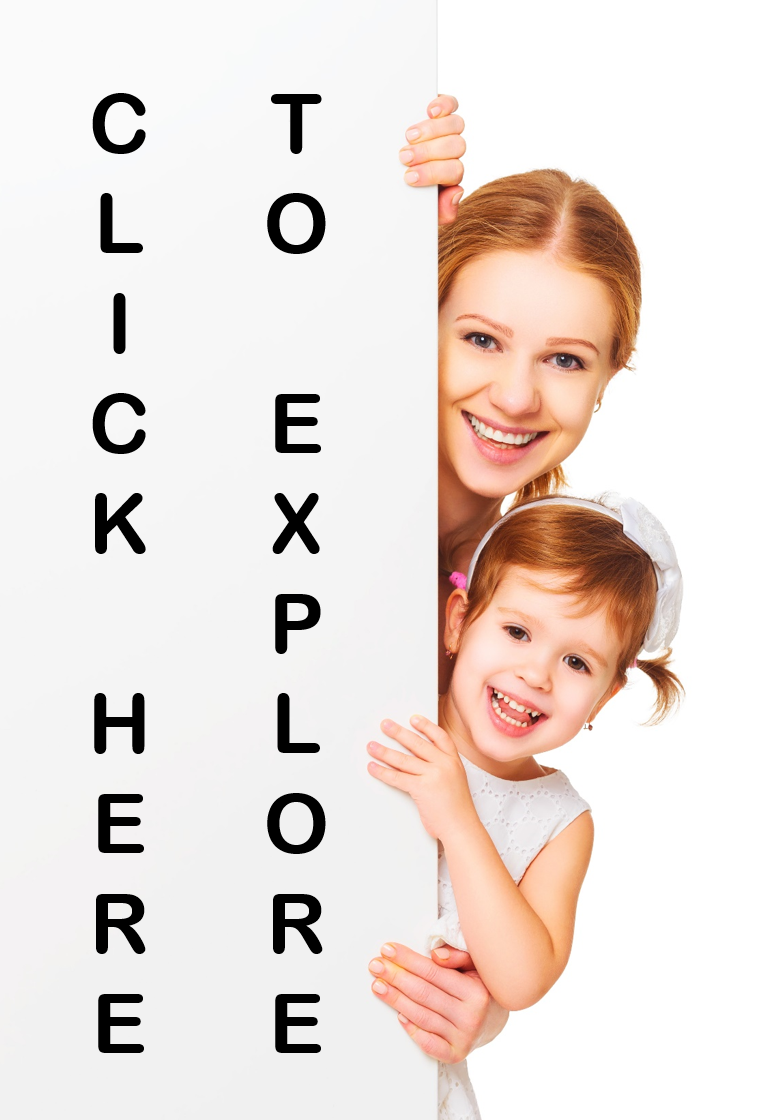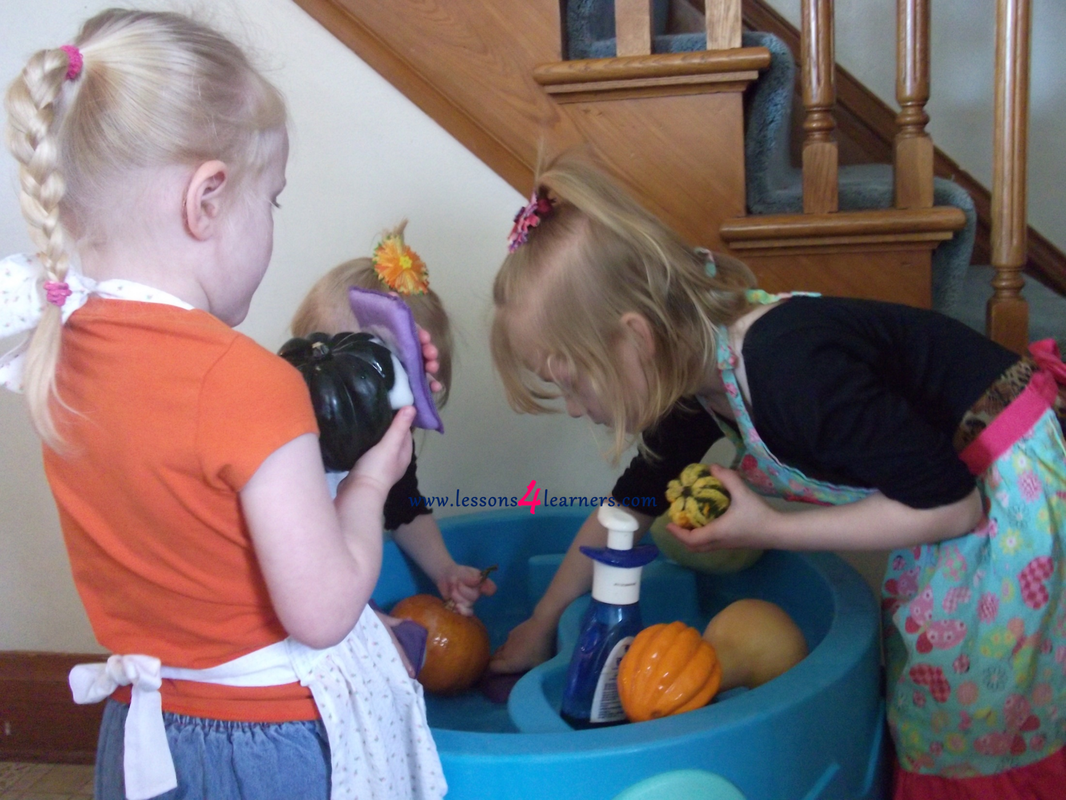Duck Race Sensory Play
Lesson Plan:
|
Activity:
Duck Race Sensory Play
Lesson plan developed by Ms. Erika Geelhoed, BA Ed
Age Group:
* Lesson plan objective and assessment can be adapted to use this activity with school-age children.
Objectives:
Children will:
|
|
II.4.2a
Materials:
|
Procedure:
- Fill large tub with water and rubber ducks.
- Add a few drops of blue food coloring to turn the water blue.
- Provide children with spray bottle filled with water.
- Children will realize that if they squirt the ducks in the water, they move.
- As the children are playing and discovering, talk with them about what they are experiencing.
- You can ask open-ended questions like:
- How are the ducks moving?
- What does the water feel like? How about the ducks?
- How can you get the ducks to move faster?
Assessment:
- Observe and record children’s small motor skills.
Click on the course icon for enrollment information.
Language and Literacy at the Sensory Table
|
Jazzing up the sand and water table will create more interest for children, but teachers can enrich and extend children’s learning by intentionally adding toys or materials and interacting with children in ways that support specific key developmental indicators. As children play together at the sand and water table, they converse with one another about what they’re doing, talk about topics that interest them, and engage in pretend talk. They describe materials and processes (e.g., “The shaving cream is fluffy ”; “I’m mixing mud”), and learn new words from others (“I’m going to mold my sand castle.
|
Support children by conversing with them about what they are doing. Describe what you are doing, and look for opportunities to introduce new vocabulary about how things feel (slippery, crumbly, pebbly) and move (ooze, zigzag, trickle). Add materials to the table such as small alphabet beads or letter tiles from old Scrabble games to hide under the sand, which may spur additional language and literacy experiences.
